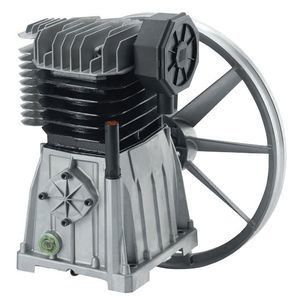
Dry air dryer MDX 4100for refrigeration circuitsair
Add to favorites
Compare this product
Characteristics
- Technology
- dry air
- Applications
- air, for refrigeration circuits
Description
A compressor absorbs moisture and certain impurities from the intake air. During the compression process, these particles combine with the oil in the compressor. All of these contaminants can cause wear and corrosion in downstream equipment, leading to costly production interruptions, and can therefore reduce equipment efficiency and service life.
To avoid these negative effects, dryers have been developed that
ensure air quality, increase efficiency and productivity, and extend the service life of your equipment and tools.
DRYING PRINCIPLE
1. Refrigerant compressor
2. Capacitor
3. Motor-driven fan
4. Air/refrigerant evaporator
5. Condensation separator with dehumidifier filter
6. Air/air heat exchanger
7. Refrigerant separator
8. Maximum pressure switch
9. Operating valve
10. Minimum pressure switch
11. Fan pressure switch
12. Hot gas bypass valve
13. Refrigerant filter
14. Capillary tubes
15. Operating valve
16. Dew point thermometer
17. Impurity collector
18. Automatic drainage of condensation
19. DTP display
TYPICAL APPLICATIONS
1 Compressor with aftercooler
2 Prefilter “G” or cyclone separator “WS”
3 Fine filter “C”
4 Active carbon filter “V”
5 MDX refrigeration dryer
TECHNICAL FACTS
-Clean and dry air:
-Compressed air is cooled by a refrigerant gas, whereby the water in the air condenses so that it can be removed.
-Protects the compressed air system against corrosion, rust and leaks.
-Higher quality of the final product.
-Increase in overall productivity.
-Protection for downstream equipment.
-Environmentally friendly refrigerant gases
Catalogs
MARK REFRIGERATION DRYER
3 Pages
*Prices are pre-tax. They exclude delivery charges and customs duties and do not include additional charges for installation or activation options. Prices are indicative only and may vary by country, with changes to the cost of raw materials and exchange rates.










